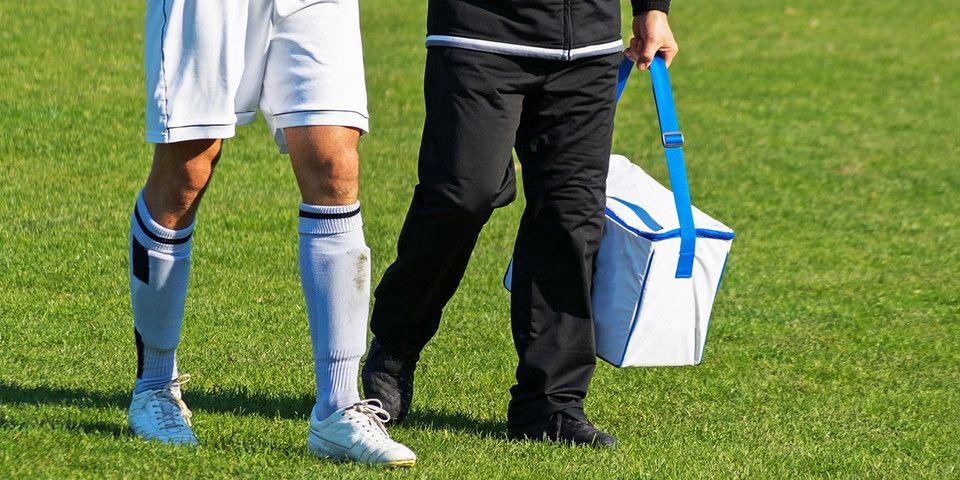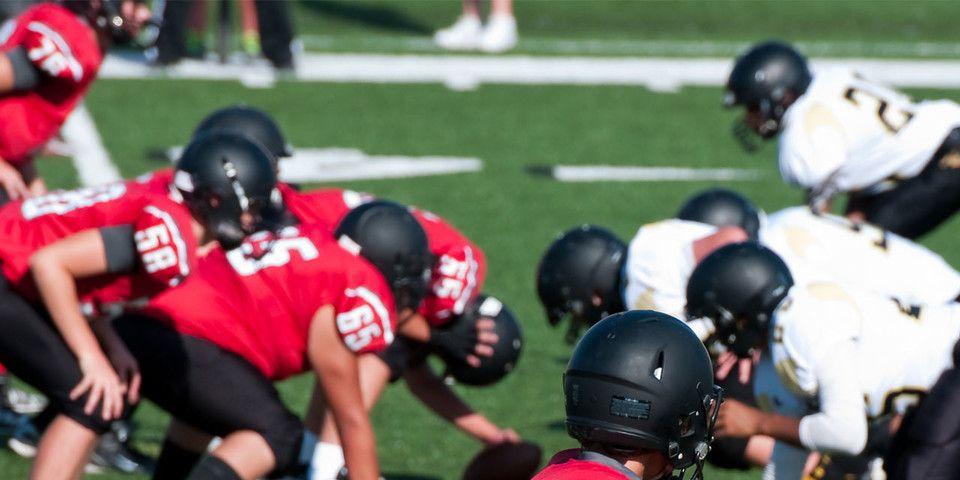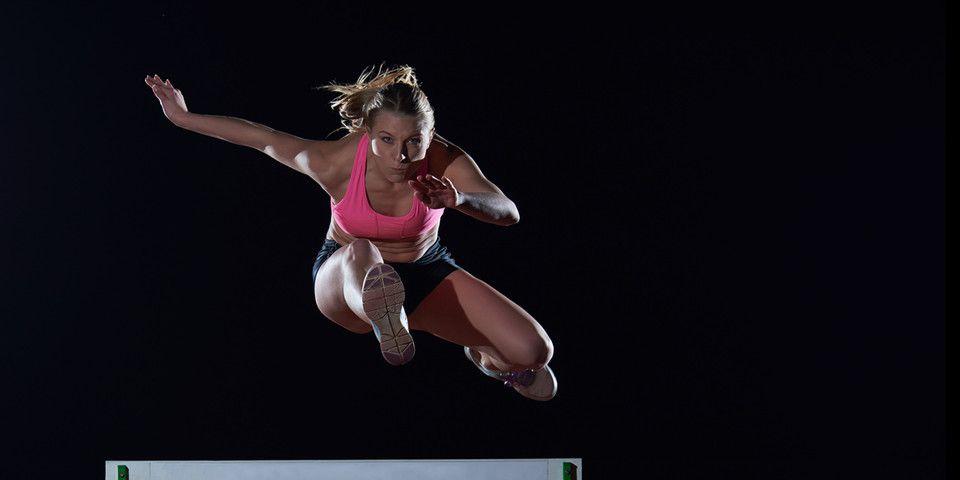Achilles Tendonitis Prevention: Three Tips for Basketball Players
Rothman Orthopaedic Institute Specializes in Treating Sports Injuries like Tendonitis
Are you experiencing painful symptoms in your heel or lower calf, centered around your Achilles tendon? For basketball players, Achilles tendonitis is a common issue that can severely compromise your athletic activity.
At Rothman Orthopaedic Institute, we specialize in Sports Medicine. For those who are experiencing Achilles tendonitis, we offer effective treatments that target symptoms and their root causes. However, we believe that Achilles tendonitis prevention is always preferable to Achilles tendonitis treatment.
To assist basketball players, coaches, and parents who are seeking to avoid initial injuries from occurring, the orthopaedic experts at Rothman Orthopaedic Institute have compiled the following overview of Achilles tendonitis causes and symptoms, as well as tips to encourage Achilles tendonitis prevention.
Causes and Symptoms
What issues, activities, and factors are responsible for this condition and the consequential damage to the Achilles tendon?
Tendonitis is a form of inflammation that affects connective tissues. The Achilles tendon is the body’s thickest tendon. Though strong enough to support the heel and calf during intense activity, it is highly susceptible to tendonitis. In particular, the the middle and lower portions of the tendon are commonly affected by this condition.
What is the root cause of this condition? Because these injuries most often result from gradual damage caused by stress and overuse rather than a single injury, a number of factors may play a role in the onset of tendonitis. Such factors include rapid increases in the duration or intensity of physical activity, excessively tight calf muscles, and bone spurs (extra bone growth on the heel bone).
People who are suffering from Achilles tendonitis may experience the following symptoms:
-
Pain along the Achilles tendon
-
Pain along the back of the heel
-
Worsening pain during/following activity or after sleep
-
Extreme next-day pain following athletic activity
-
Swelling and inflammation (may increase with activity)
-
Reduced range of motion when the foot is flexed
-
Thickening of the Achilles tendon
-
Tightened calf muscles
-
Skin on the heel is noticeably warmer to the touch
If you are suffering from one or more of these symptoms, it’s possible that you have Achilles tendonitis. Early treatment can help to prevent severe or long-term damage from occurring, so it is recommended that you pursue prompt treatment and cease activities (including basketball) that may be aggravating this condition.
Preventing Achilles Tendonitis On and Off the Court
Basketball players who are not currently experiencing the symptoms of Achilles tendonitis are nevertheless at risk due to their intense, athletic activity. Likewise, athletes who are experiencing the early stages of tendonitis may be able to reverse the onset of this condition by ceasing damaging activities and incorporating prevention methods.
The following three Achilles tendonitis prevention tips will help you to have a healthy, successful basketball season:
-
Reduce intensive activity and increase rest
Among basketball players, overuse is the most common cause of tendonitis. This is especially the case for players who have increased the duration or intensity of their athletic activity rapidly over a short period of time. Moderate your activity and intersperse intensive athletics with more mild activity. If early-stage symptoms have begun to emerge, a combination of rest, icing, compression, and elevation may help to reverse them. -
Practice Achilles tendonitis prevention exercises
There are numerous exercises that can be performed to strengthen the Achilles tendon and the associated muscles. The following exercises and stretches are recommended as an effective means of Achilles tendonitis prevention:-
Calf stretches
-
Single leg heel drops
-
Bilateral heel drops
-
Eccentric strengthening
-
Achilles tendon stretches
In addition to these Achilles tendonitis prevention exercises, stretch your calf muscles every morning and before and after workouts.
-
-
Use supportive footwear
Stress and irritation of the heel and Achilles tendon can often be alleviated with the use of particular shoes or orthotic devices. If you are experiencing early-stage tendonitis or are concerned about your Achilles tendon, shoes with soft-backed heels or heel lifts may help prevent the advancement of tendonitis. Silicone Achilles sleeves may also be recommended.
Utilizing these Achilles tendonitis prevention methods can help to ensure your basketball season is free from the painful symptoms and consequences of tendonitis. If you are experiencing tendonitis or a different orthopaedic injury, the Sports Medicine specialists at Rothman Orthopaedic Institute can offer you the best treatment options available. To learn more, visit us here or contact us at 1-800-321-9999.
Related Physicians
Related Specialties
Related Conditions
Related Treatments
Related Programs
-

Athletic Training- Sport Medicine Outreach
Our Field Athletic Trainers provide direct sports medicine care to youth, high school, college and professional athletes. Rothman AT’s provide athletic training services throughout Southeastern PA to interscholastic high schools, colleges, as well as tournaments and special events.Read More -

Injury Prevention Program
The Injury Prevention Program at the Rothman Orthopaedic Institute is dedicated to the prevention of injuries from athletic participation, particularly youth sports.Read More -

Women’s Sports Medicine Program
The Women’s Sports Medicine Program at the Rothman Orthopaedic Institute is the first of its kind in the Philadelphia metro area and one of only several such programs specializing in the comprehensive care of the female athlete in the country.Read More




